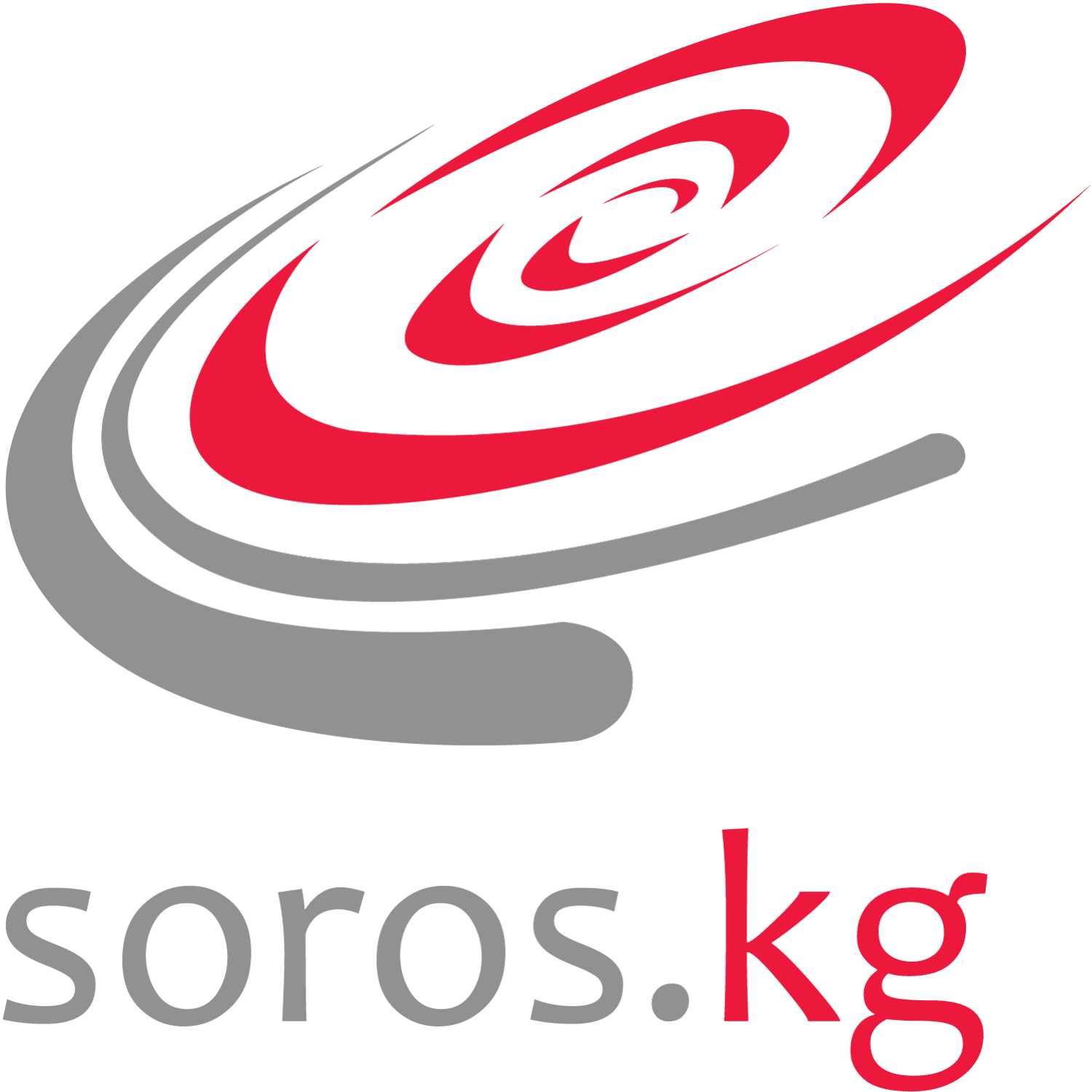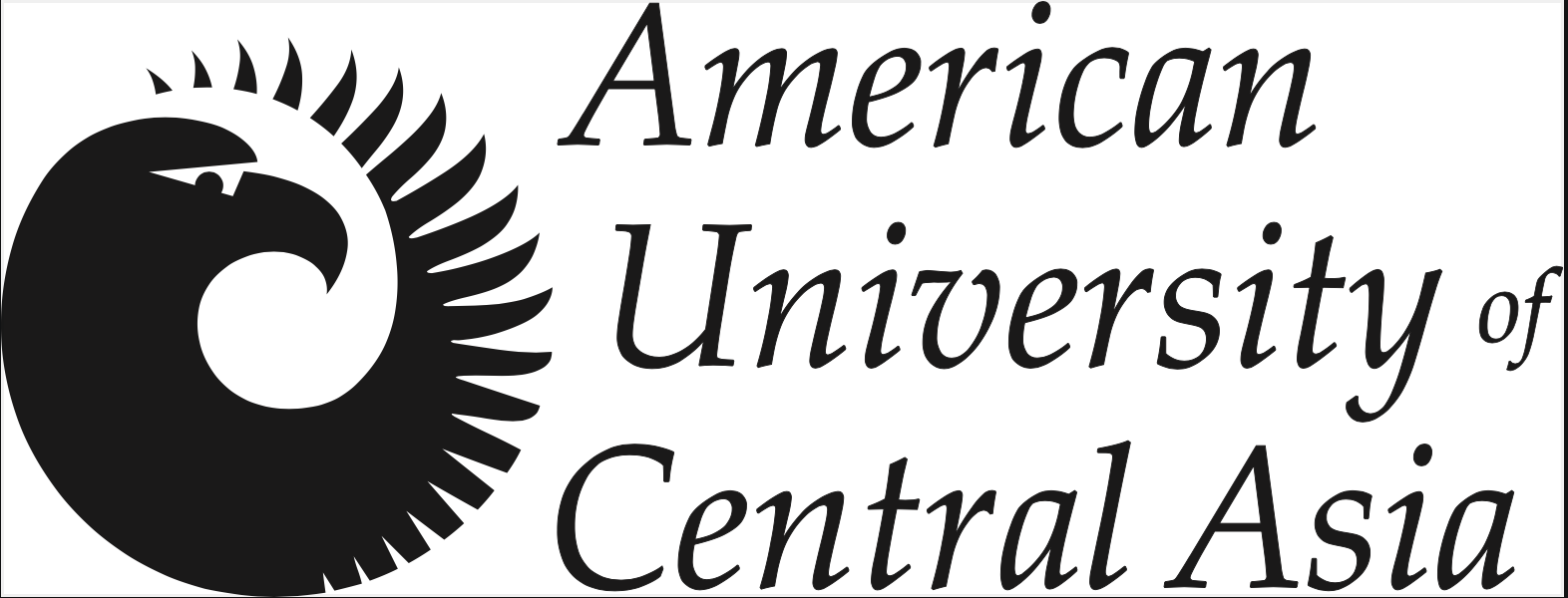Genre
Портрет
Period
Советское искусство 1922-1991
Material / Technique
Levkas, oil
Date of creation
1965
Size
122х98
Number
4290-1387-ж
Andronov Nikolai Ivanovich
1928-1998
Painter, graphic artist; monumentalist, author of portraits, landscapes, genre paintings, still lifes, interiors. Andronov began his creative career at a secondary art school in Moscow in 1943. He moved to Leningrad in 1948 and enrolled at the Repin Institute of Painting, Sculpture and Architecture, where he studied until 1951. In the same year, Andronov began participating in group exhibitions. The artist returned to Moscow in 1952 and continued his education at the Surikov Art Institute under the guidance of Dmitry Mochalsky. Andronov tirelessly experimented, trying to find new ways to express his talent and develop his artistic style. The 1950s were a very successful period in Moscow for young and emerging artists such as Andronov. Numerous exhibitions of new art, built on the legacy of the early avant-garde creative association ‘Jack of Diamonds,’ revealed a trend toward monumentalism, unvarnished truth, and artistic asceticism, which later became known as the Austere Style. Andronov graduated from the institute in 1954 and settled in Kuibyshev for a couple of years. In 1958, he joined the Moscow branch of the Union of Artists. Andronov was part of a group of like-minded, young, progressive artists, such as M. Ivanov, K. Mordovin, N. Egorchina, M. Nikonov, B. Birger, M. Favorskaya, L. Berlin, and V. Weisberg. As a result of this creative partnership, an experimental exhibition called ‘Exhibition of Nine’ was organised in 1961, which sparked a lot of interest from the public and controversy in more official circles. The artists who were part of this group played a fundamental role in the changes that took place in the Moscow art community in the 1960s. In 1967, the artist participated in his first international exhibition in Paris, and then, in 1970, he exhibited in Prague. In addition to travelling to the northern parts of the country, Andronov regularly visited Abramtsevo, a place considered sacred by artists, located in the Moscow region, where he owned a dacha inherited from his father, which he later converted into his studio. Andronov's first solo exhibition was held at the Abramtsevo Museum-Estate in 1974. In 1976, Andronov headed the Department of Monumental Painting of the Moscow Union of Artists, and until the end of the 1980s, he worked tirelessly on a variety of monumental public projects. He taught at the Surikov Art Institute from 1992, where he headed the Department of Composition, which was created on Andronov's initiative. In 1996, Andronov was awarded the title of ‘People's Artist of the Russian Federation.’


